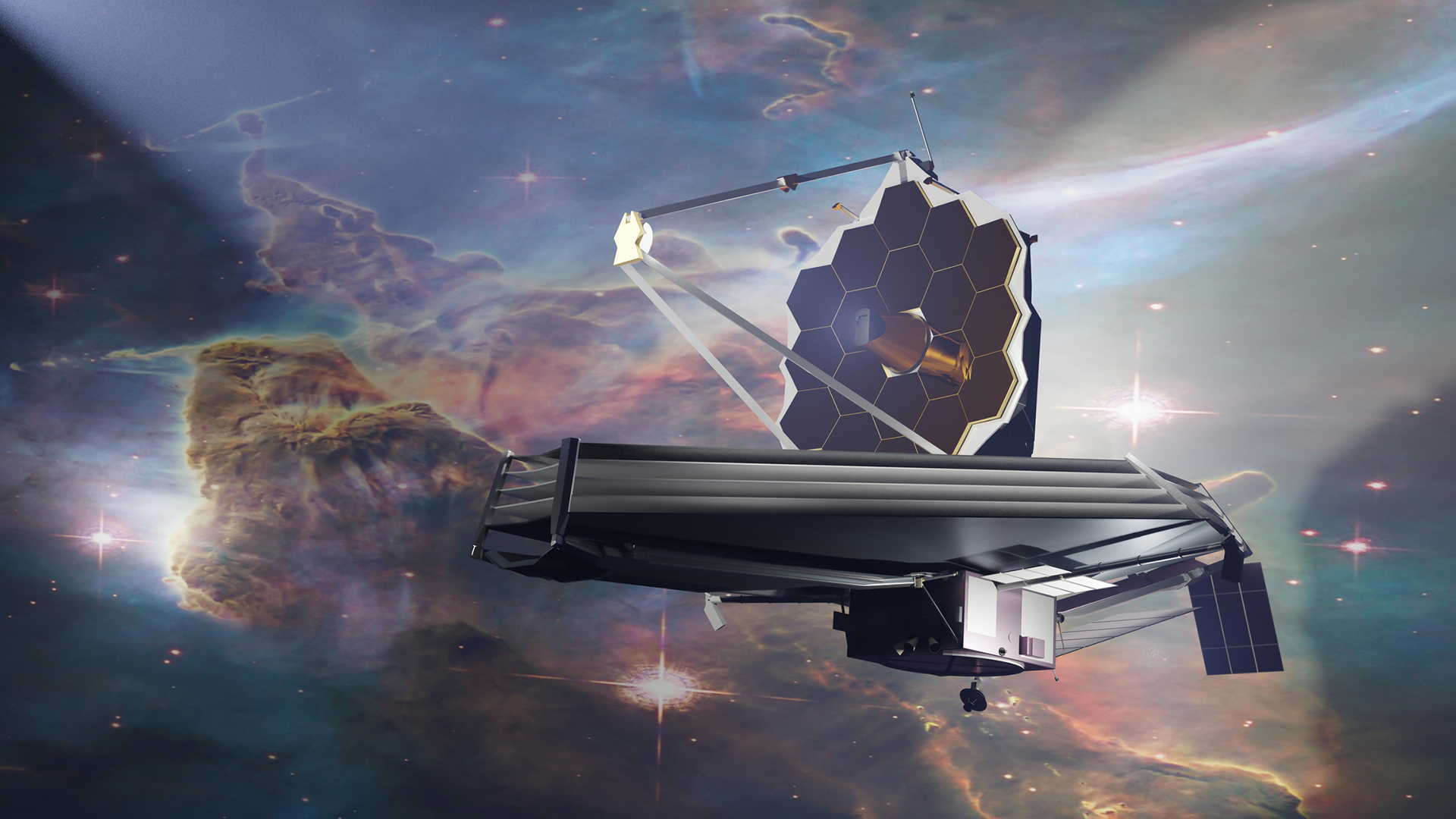1.What are the major objectives and unique features of the James Webb Space Telescope? Discuss its significance and key achievements.
The James Webb Space Telescope (JWST), launched on December 25, 2021, marks a new era in space exploration and astrophysics. As the largest and most powerful space telescope ever built, JWST is poised to be the leading observatory of the next decade. Developed by NASA with significant contributions from the European Space Agency (ESA) and the Canadian Space Agency (CSA), JWST is designed to operate primarily in the infrared spectrum, enabling it to explore the universe in ways never before possible.
Key Features of the James Webb Space Telescope
1.Infrared Design:
○JWST is optimized for infrared astronomy, allowing it to observe distant, faint, or obscured objects, such as the first galaxies, stars, and planetary systems, which are invisible to visible light telescopes.
2.Large Primary Mirror:
○With a 6.5-meter diameter primary mirror, JWST can capture more light and deliver higher-resolution images, revealing finer details of distant cosmic objects.
3.Segmented Mirror Structure:
○The primary mirror is made up of 18 gold-coated beryllium segments that can fold up for launch and unfold once in space, making it compact for launch and efficient for use in orbit.
4.Sunshield Protection:
○A five-layer sunshield, about the size of a tennis court, blocks sunlight and helps keep JWST’s instruments cool at temperatures necessary for infrared observations, protecting them from heat and light interference.
5.Orbit at Lagrange Point 2 (L2):
○JWST operates from a stable orbit around the Sun-Earth L2 point, approximately 1.5 million kilometers from Earth. This location minimizes interference from Earth’s light, providing an uninterrupted view of the universe.
6.Enhanced Sensitivity:
○The telescope’s instruments are highly sensitive to infrared light, enabling the study of the earliest stars and galaxies that formed just after the Big Bang.
7.Cryogenic Cooling System:
○JWST uses a passive cooling system to achieve temperatures as low as 40 Kelvin (-233°C), which is essential for observing faint infrared signals from distant objects.
8.Precision Guidance:
○Equipped with advanced guidance sensors, JWST ensures accurate pointing and stability, crucial for observing faint and distant objects over long periods.
9.Broad Wavelength Coverage:
○JWST can observe a wide range of wavelengths, from 0.6 to 28 micrometers, allowing it to study everything from star formation to the chemistry of exoplanet atmospheres.
Scientific Objectives of the James Webb Space Telescope
1.Exploring the Early Universe:
○JWST aims to investigate galaxies that formed just after the Big Bang, providing insights into the origins of the universe and its earliest structures.
2.Galactic Evolution:
○By studying galaxies over cosmic time, JWST will reveal how galaxies evolve, grow, and interact, shedding light on their formation and transformation.
3.Star and Planet Formation:
○JWST will explore the processes behind star formation and the development of planetary systems, offering crucial insights into how planets, stars, and potentially life itself emerge from cosmic dust and gas.
4.Exoplanet Research:
○One of JWST’s key goals is to examine the atmospheres of exoplanets to assess their habitability, searching for signs of life beyond Earth.
Significance of the James Webb Space Telescope
1.Advancing Our Understanding of the Universe:
○By observing distant objects in unprecedented detail, JWST is expected to revolutionize our understanding of fundamental astrophysical processes, from the formation of stars and galaxies to the potential for life on other planets.
2.Exoplanet Discovery:
○JWST’s observations will help uncover the physical and chemical properties of exoplanets, including their atmospheres, which could provide answers to the long-standing question of whether life exists beyond Earth.
3.Global Collaboration:
○Developed by an international team from NASA, ESA, and CSA, JWST serves as a model of global scientific cooperation, uniting countries and cultures to explore the cosmos.
4.Catalyst for Future Space Missions:
○The success of JWST will lay the groundwork for future space exploration missions and space-based observatories, expanding our ability to study the universe in ever greater detail.
Key Achievements of the James Webb Space Telescope
1.Early Galaxy Cluster Observation:
○JWST has captured images of a galaxy cluster that formed 4.6 billion years ago, providing a snapshot of the universe in its infancy and offering new insights into galaxy formation.
2.Deepest Infrared Image:
○JWST’s deepest and most detailed infrared image showcases some of the oldest and most distant galaxies ever observed. These images will help scientists understand the mass, age, and evolution of these ancient galaxies.
3.Discovery of ‘Monster’ Galaxies:
○The telescope has identified six “monster” galaxies formed 500-700 million years after the Big Bang. These massive galaxies, as old as the Milky Way, challenge our understanding of early galaxy formation, providing new clues about the universe’s evolution in its first few hundred million years.
The James Webb Space Telescope is set to transform our view of the universe, providing groundbreaking discoveries and answering some of the most profound questions in science. By offering detailed insights into the early universe, star formation, and the potential for life on exoplanets, JWST represents the next great leap in humanity’s exploration of space.

